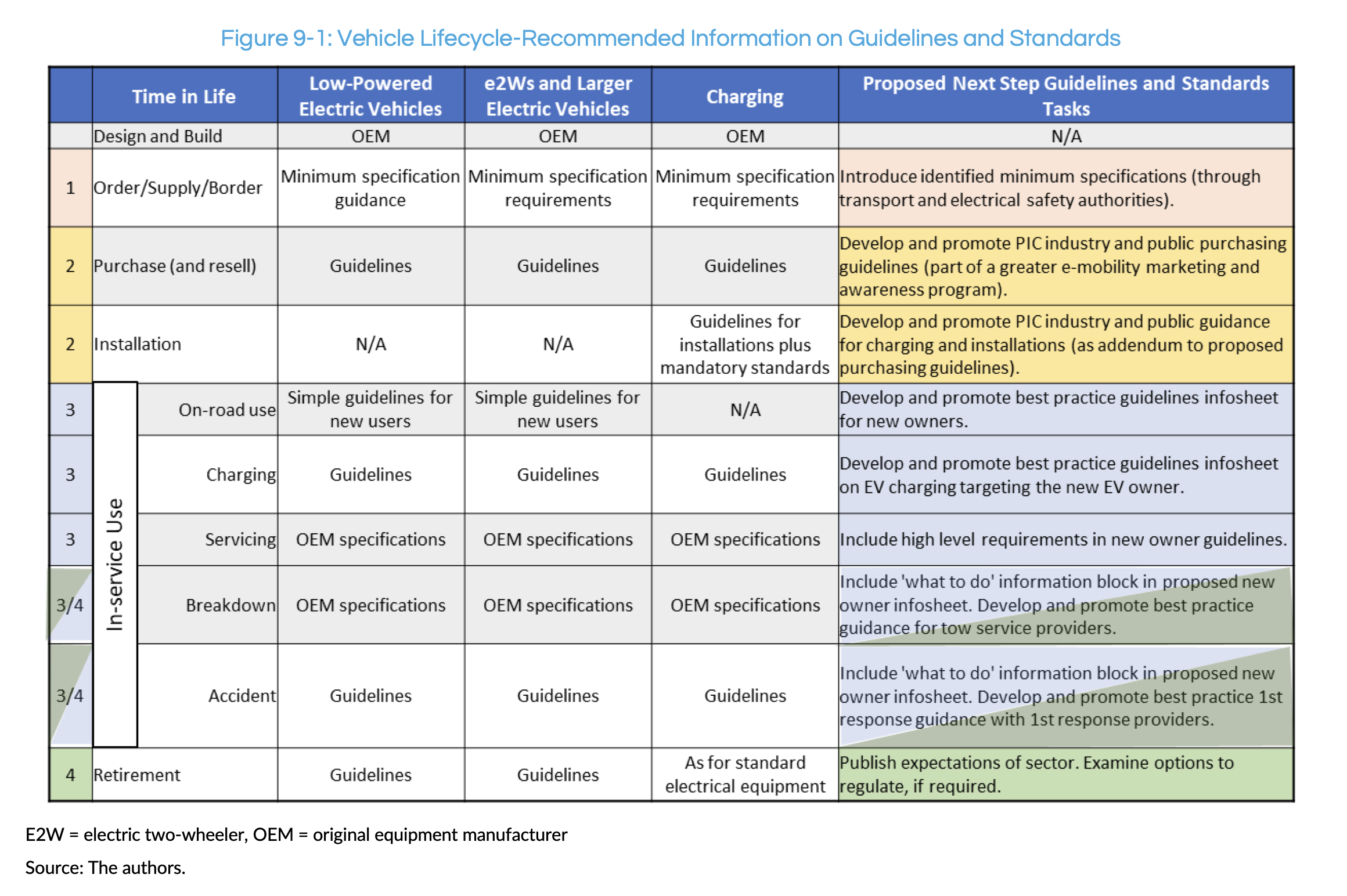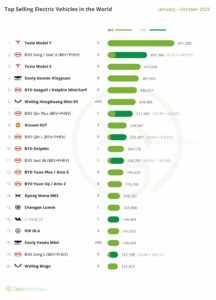The Genesis of a Sustainable Future
Sections 3 to 8 of PRIF’s comprehensive report lay the foundation for recommended guidelines and standards for EVs and their charging infrastructure. These recommendations are designed to serve as a cornerstone for PRIF Member Countries and their regional partners, aiding in the prioritisation and development of standards for the crucial sectors of road, marine, and aviation transport.
Roadmap for Implementation
The report delineates a clear implementation roadmap, emphasising that the responsibility for the deployment of standards primarily lies with national regulatory agencies. These agencies are tasked with consumer protection, transport, and electrical safety, among other duties. The roadmap is enriched by the support of regional stakeholders and developer partners, further reinforced by insights from two significant reports:
- t
- The Pacific Centre for Renewable Energy and Energy Efficiency’s (PCREEE) Regional Electric Mobility Policy for Pacific Island Countries and Territories (PICTs).
- The World Bank’s Design Regional E-mobility Policy Framework and Technical Guidelines in the Pacific Island Countries.
t
These documents not only advocate for the development of EV standards and charging guidelines but also highlight the importance of capacity development, the formation of e-mobility groups, and the promotion of awareness through marketing strategies.
Marketing and Awareness: Key to Adoption
A noteworthy aspect of the roadmap is the emphasis on marketing and awareness programs to promote these standards. Given the resource constraints of Pacific Island Countries (PICs), leveraging regional e-mobility groups for the dissemination of standards and guidelines is pivotal. An innovative approach is the application of e-mobility and EV marketing themes directly to the guidelines and standards identified in the report.
Immediate Steps Towards Electrification
The report proposes immediate next steps for lead electric vehicle countries in the Pacific, including:
- t
- Introducing minimum specifications for electric two-wheelers (e2Ws), larger EVs, and charging equipment.
- Developing and promoting guides to support EV purchase decisions and best-practice charging setups.
- Creating best-practice guides for new EV owners and service providers.
- Assessing the feasibility of a standard for low-voltage charging connectors.
t
t
t
A Collaborative Approach
The implementation mechanism outlined in the report suggests a collaborative approach, with specific roles assigned to national regulators, regional e-mobility organizations, and national training institutes. This collaboration extends to information outreach as part of a broader e-mobility marketing and awareness campaign.
Towards a Unified Charging Infrastructure
A key goal of this initiative is to address the potential proliferation of chargers, aiming for market efficiency and uniformity in low-powered EV charging standards. This would not only streamline the charging infrastructure but also enhance user convenience across the Pacific region.
Conclusion
The PRIF’s standards roadmap represents a vital step forward in the electrification of the Pacific’s transport sectors. By establishing clear guidelines and fostering regional cooperation, the roadmap sets a precedent for sustainable mobility initiatives worldwide. As this vision comes to fruition, the Pacific Islands are poised to lead by example in the global transition to electric transportation, ensuring a greener, more sustainable future for all.
Source: Electric vehicle standards for the Pacific region | PRIF







